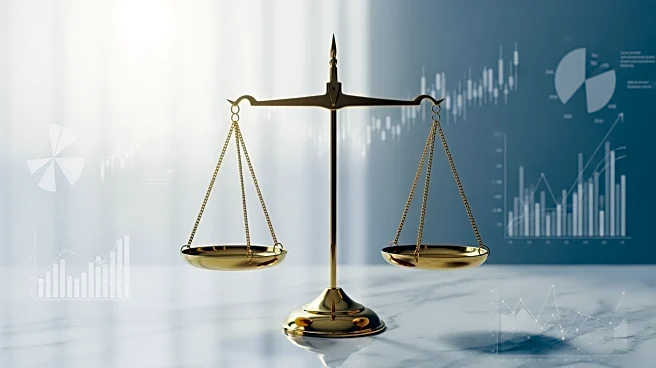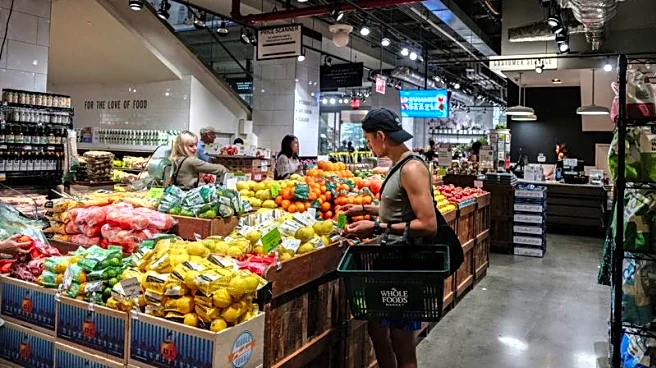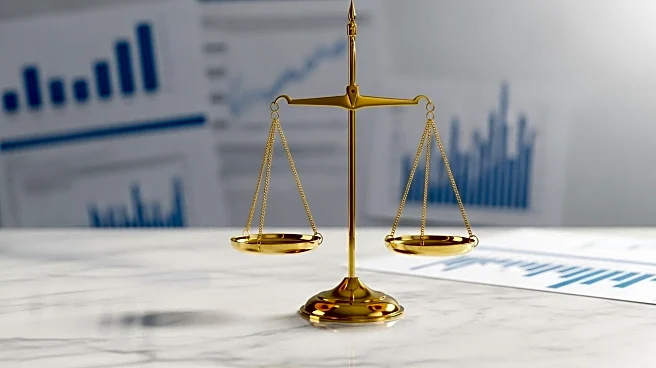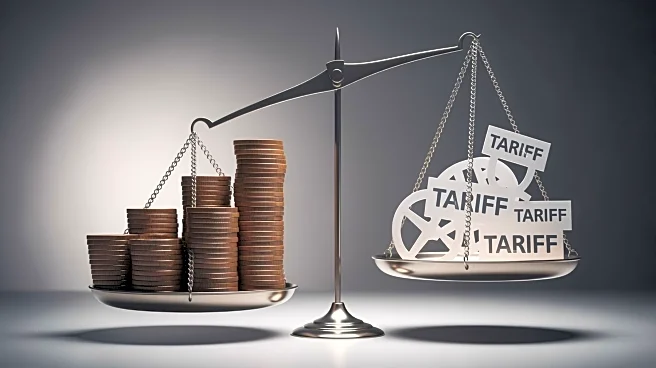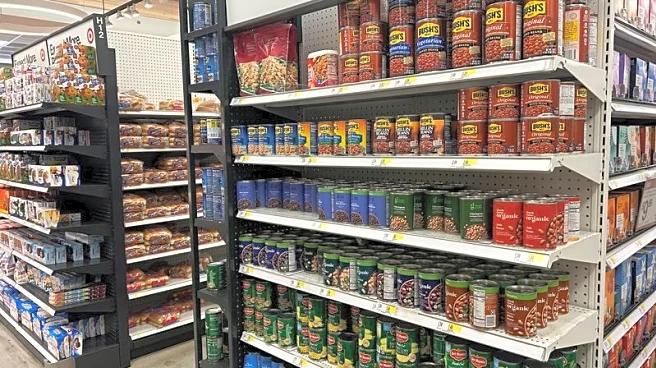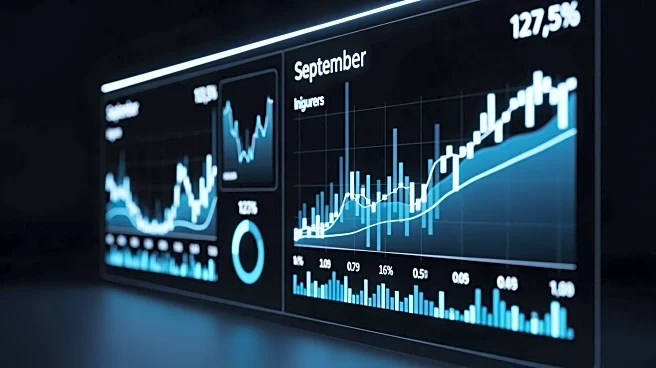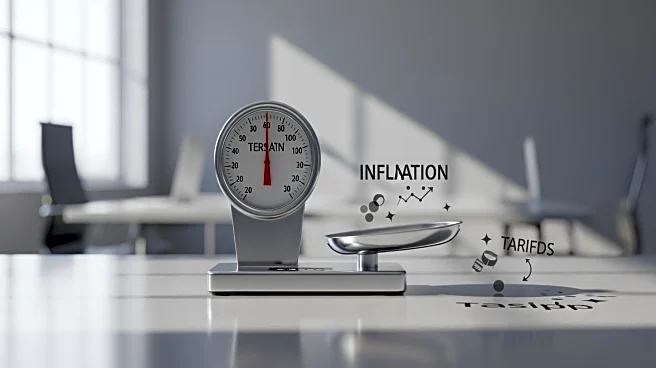What's Happening?
Economists are forecasting that the Consumer Price Index (CPI) for September will show a 3.1% annual increase, marking the fastest pace in 16 months. This data, delayed due to a government shutdown, is crucial for determining the Social Security Administration's
annual cost-of-living adjustment (COLA). The CPI measures price changes in a basket of goods and services typically bought by consumers. Inflation has been rising, partly due to tariffs imposed by the Trump administration, which have led to higher consumer prices. The Federal Reserve and private economists expect inflation to ease next year, with forecasts predicting a drop to 2.6% in 2026.
Why It's Important?
The rising inflation rate is significant as it directly impacts the cost-of-living adjustments for Social Security beneficiaries, affecting 75 million recipients. A higher inflation rate means a larger COLA, which is expected to be around 2.7%, slightly higher than the previous year's increase. This adjustment is crucial for retirees who rely on Social Security for their income, as it helps maintain their purchasing power amidst rising prices. However, there is concern that if inflation continues to rise, the COLA may not be sufficient to cover increased living costs, potentially straining retirees financially.
What's Next?
The Federal Reserve and economists anticipate that inflation will ease next year, with the Personal Consumption Expenditures expected to show a decrease in the inflation rate. However, the impact of tariffs and other economic factors could continue to influence inflation trends. The Social Security Administration will announce the COLA based on the inflation rate from July through September, providing a financial boost to beneficiaries. Economists will closely monitor inflation data and its effects on consumer spending and economic growth.
Beyond the Headlines
The ongoing tariffs and their impact on inflation highlight broader economic challenges, including trade tensions and their effects on consumer prices. The disparity in economic recovery, where lower- and middle-income consumers face higher costs while wealthier investors benefit from stock market gains, underscores the uneven nature of economic growth. This 'k-shaped' recovery could lead to increased economic inequality and social tensions.



